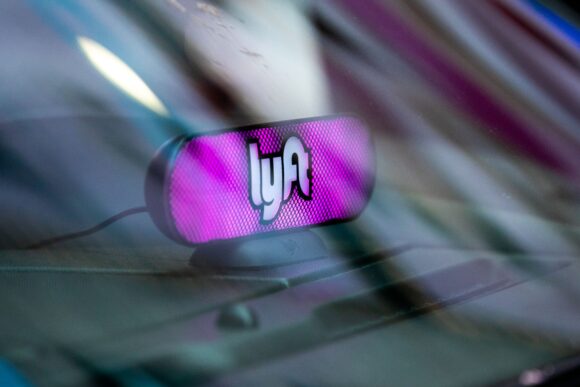Lyft Inc. recorded more than 4,000 claims of sexual assault from 2017 to 2019, according to a newly released safety report.
The review is Lyft’s first disclosure of safety incidents including motor vehicle fatalities, fatal physical assaults and sexual assault that occur on its platform.
It’s been almost three years since the ride-hailing giant initially pledged to produce a study, following an explosion in legal claims by passengers against Lyft and rival Uber Technologies Inc. In 2019 Uber disclosed the results of its own review, which found almost 6,000 allegations of sexual assaults involving drivers or passengers on its platform in the U.S. from 2017 through 2018.
Four people were killed in physical assaults in 2019, and 49 people died in Lyft collisions at a rate lower than the national average for automotive fatalities, according to the company.
The rate of sexual assaults to total trips decreased 19% in 2019 from 2017, Lyft said. “While safety incidents on our platform are incredibly rare, we realize that even one is too many,” Jen Brandenburger, Lyft’s head of policy development and research, wrote in a blog post.
Officials have sought greater transparency into violent crimes reported to ride-hailing companies. A California agency had previously asked Uber to pay a fine of $59 million for refusing to disclose details that would identify survivors of sexual assaults on its platform.
In July, the agency agreed to reduce the penalty to $150,000 in exchange for anonymized data about survivors in California and an agreement to work with state officials on helping victims and witnesses file reports to the government. Lyft will also be subject to the same requirements in California.
Lyft said its 16-page report was independently reviewed by the Chertoff Group, a security and risk management firm, and Raliance, a national sexual violence prevention organization.
Unlike Uber’s study, Lyft did not say what proportion of claims came from drivers or passengers for each category of sexual violence. Lyft said overall, 52% of incidents are reported by riders, 38% by drivers and 10% by third parties, which can include enforcement officials, regulators, family, friends or news reports.
Was this article valuable?
Here are more articles you may enjoy.


 Atmospheric River to Flood Pacific Northwest Through Week
Atmospheric River to Flood Pacific Northwest Through Week  ‘Super Roofs’ Are Rewarding Insurers, Cat Bond Investors and Homeowners
‘Super Roofs’ Are Rewarding Insurers, Cat Bond Investors and Homeowners  Hermès Heir Sues Arnault and LVMH in $16 Billion Suit Over Lost Shares
Hermès Heir Sues Arnault and LVMH in $16 Billion Suit Over Lost Shares  NYT, Chicago Tribune Sue Perplexity AI as Copyright War Rages On
NYT, Chicago Tribune Sue Perplexity AI as Copyright War Rages On 